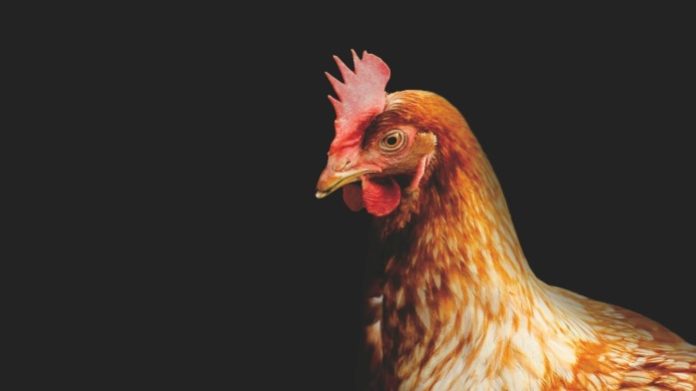By now you’ve probably heard the story: Subway’s chicken is 50% soy.
CBC’s Marketplace independently tested chicken from several fast food chains and found that Subway’s contained on average 50% soy DNA. Naturally, they concluded that the chicken was 50% soy.
Subway vehemently denied this, hiring two independent labs to do their own analysis, which concluded that their chicken is no more than 1% soy. The reason there is soy at all is because Subway uses soy protein on the outside of the chicken breasts to retain moisture and flavour.
So who is telling the truth and who is lying?
Actually, both Subway and Marketplace can be right and wrong at the same time. Here’s why performing the correct experiments and carefully interpreting data is an important part of research.
Choosing the right technique for the job
CBC’s Marketplace tested the chicken at Trent University’s Wildlife Forensic DNA Laboratory by DNA analysis. In the DNA sample that they extracted, about half of the DNA was identified as chicken and half as the soy plant.
But there are several reasons why this doesn’t necessarily mean that the original sample was 50% chicken by mass.
1) Cellular DNA content varies
Chicken and soybean cells are different from one another. If one of them contains more DNA than the other, then the amount of DNA cannot be used as a measure of the proportion of the two ingredients.
2) Cells vary in mass
Ten chicken muscle cells will weigh a different amount than 10 soy plant cells. So even if there was the same number of cells, the mass composition could be very different.
3) The cooked chicken breast is not the same throughout
As Subway admitted, they used soy protein in the chicken breast marinade, so depending on where the chicken sample was cut from, there could have been varying amounts of soy compared to chicken.
These are among the reasons why DNA analysis is not used for quantification of composition and why experiments need to be well designed to give accurate answers.
“DNA analysis is more to do with identifying what species is present,” says Keith Warriner, a Professor in the Department of Food Science at University of Guelph.
Subway, on the other hand, measured soy content by quantifying the amount of a certain protein called trypsin inhibitor, which is found in soy but not in chicken. Using this analysis Subway found that the soy content of their chicken is only 10 parts per million.
“However, during cooking the trypsin inhibitor is destroyed and hence levels cannot be related to the actual soy content,” explains Warriner.
Although we don’t know the detailed experimental methods, it’s easy to see how data can be misinterpreted, even if experiments are performed correctly. Of course there are other things to consider, like the fact that only Subway chicken had this problem out of the five fast-food chains tested by Marketplace.
But perhaps the Marketplace report wouldn’t have been so bad if Subway had handled it differently. After all, there was never a food safety issue.
According to Warriner, there is now only one solution for the sandwich chain.
“Show a video of the process of production – this did good for McDonald’s.”








































